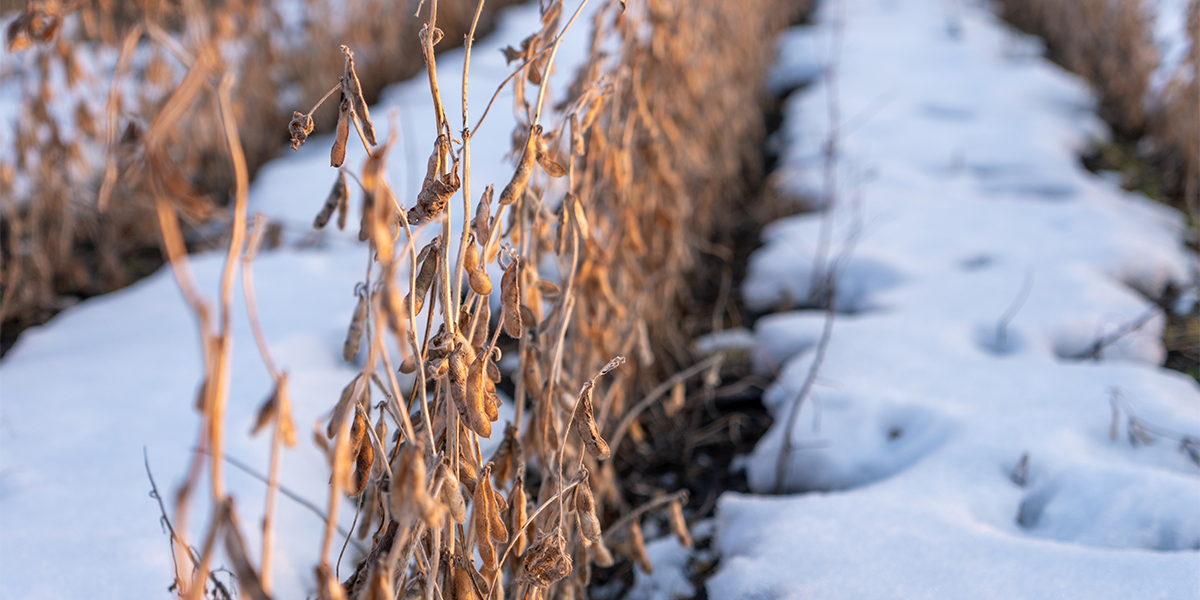
This regular feature provides an update of crop growing conditions from several farmers, along with happenings across the farm to ensure overall quality of their product.
The Upper Midwest is notorious for its winter weather. Typically, one can find a soybean grower from a Northern Soy Marketing (NSM) member state – Minnesota, South Dakota, North Dakota, Wisconsin and Nebraska – shoveling snow and scraping ice off their windshield throughout the winter and past the spring equinox.
But Mother Nature threw a curve ball at the Upper Midwest this year.
“Weird, it’s been weird,” said NSM board member Nancy Kavazanjian, who farms in Wisconsin. “That’s a good word to describe our winter. We did have a big snowstorm in January but after that we lost our snow cover and by February, we had bare ground and warm weather.”
In South Dakota, NSM Vice Chair Mike McCranie had a similar experience.
“My son is building a new house, and there was only one week during the entire winter that they couldn’t work on his house,” McCranie said. “It was definitely one of the mildest winters we’ve had in a long time.”
What does this mean for the 2024 soybean growing season? More than likely, farmers are going to be reunited with their tractors earlier than usual.
“Without a doubt, even if we do get a freak April snowstorm, we will be in the field a lot earlier than we were last year,” McCranie said. “We’ll probably have to restrain ourselves from wanting to start too quickly.”
No matter what, most soybean growers across the Upper Midwest will wait to plant their crop until the earliest plant date. Based on the state and county where they’re located, replant payments aren’t available on crops planted prior to the earliest plant date set by their crop insurance. So, for example, if a soybean grower in Minnesota plants soybeans on March 25 – before the earliest plant date – and those soybeans are killed by a late frost, the grower’s crop insurance will not cover the expenses of replanting that crop.
On Kavazanjian’s farm, she’s seeing something she’s never seen before.
“We were starting to see our cover crops green up already at the end of February,” Kavazanjian said, “which is at least a month, almost two, earlier than we’ve ever seen our cover crops green up.”
Though growers are eager to get in the field, the lack of moisture is a concern for many, especially considering the widespread drought experienced last growing season.
“So many farmers, including us, were surprised by how good the yields were considering how dry it was last year,” Kavazanjian said. “Looking ahead at this year, you never want to go into the spring with a moisture deficit in your subsoil. Of course, we need to dry out before we can get on the land. No one wants to go in and mud up their fields.”
McCranie is taking it one step at a time.
“Our moisture situation is good enough to get us through the planting season,” McCranie said. “We have enough to get everything germinating.”
No one ever knows what Mother Nature has up her sleeve, and a slushy snowstorm in parts of Minnesota just after spring officially began proved it. This winter, Upper Midwest soybean growers were thrown for a loop, and now that the growing season is rapidly approaching, they’re taking it day-by-day.


